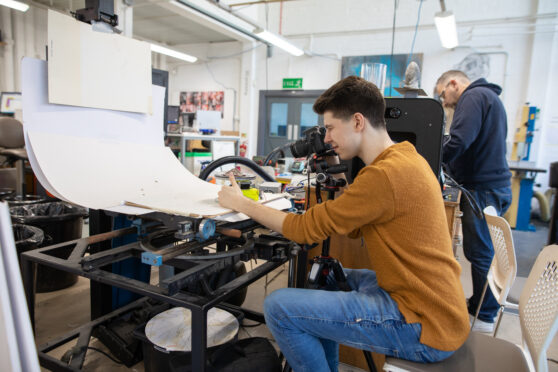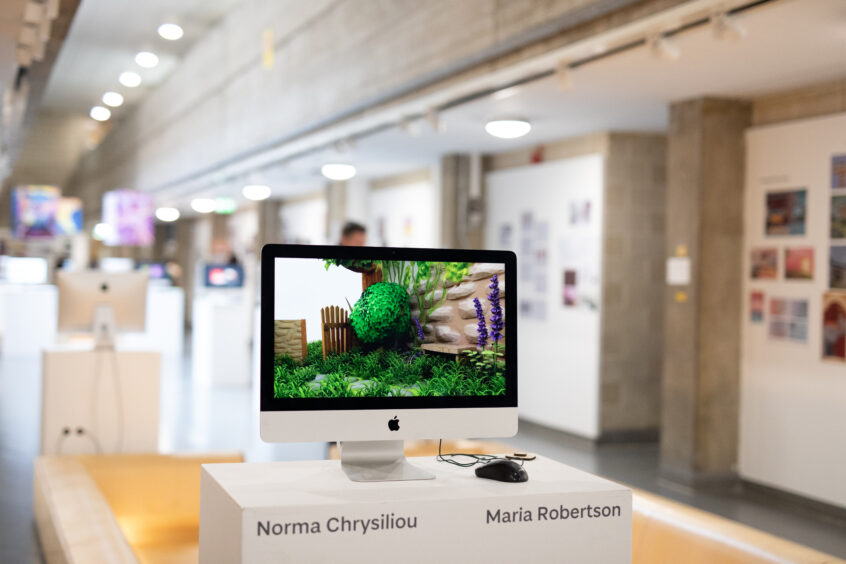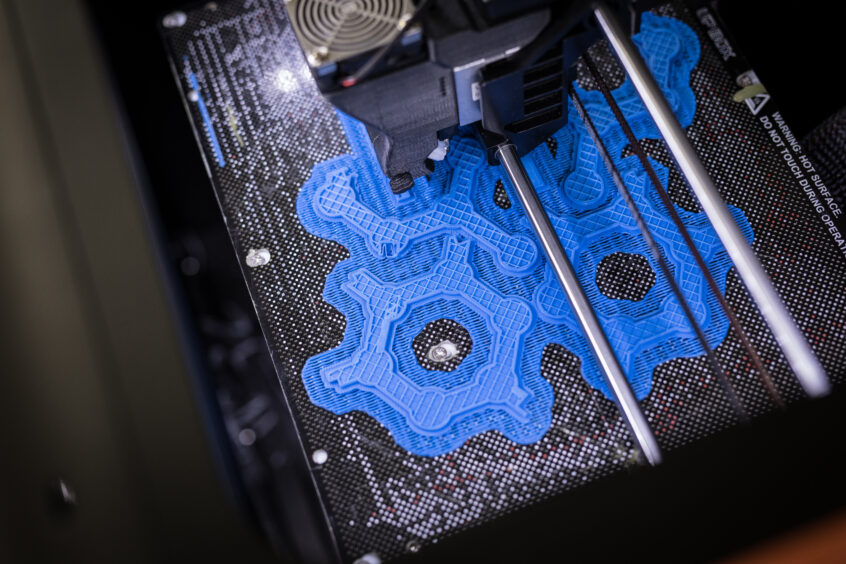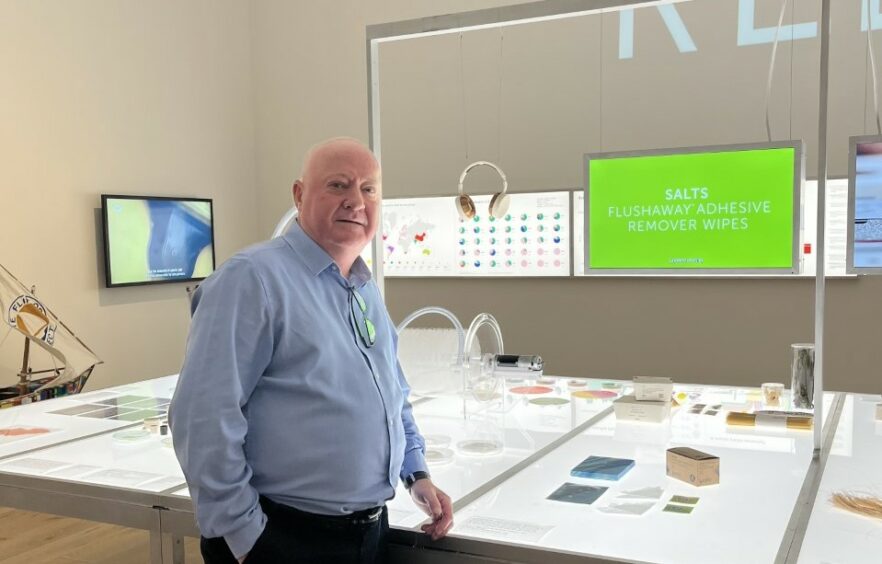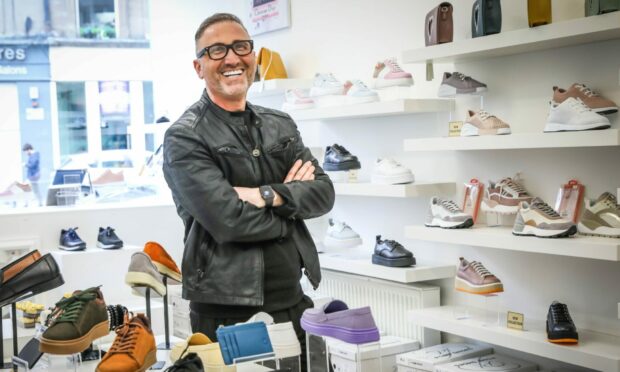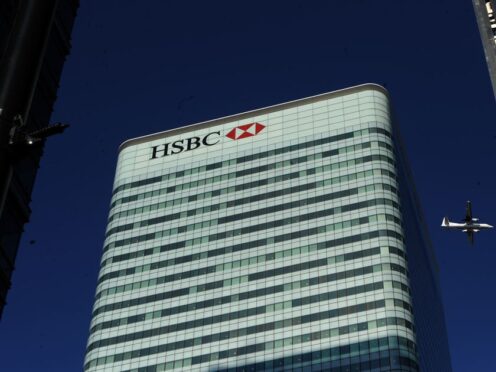Every business wants to stand out. For some, innovating can be a huge challenge. For others who partner with industry experts, it can lead to boosts in productivity, growth and profits.
-
Some Courier online content is funded by outside parties. The revenue from this helps to sustain our independent news gathering. You will always know if you are reading paid-for material as it will be clearly labelled as “Partnership” on the site and on social media channels,
This can take two different forms.
“Presented by”
This means the content has been paid for and produced by the named advertiser.
“In partnership with”
This means the content has been paid for and approved by the named advertiser but written and edited by our own commercial content team.
That’s what local businesses across Tayside and beyond are discovering. Many are experiencing the many benefits of partnering with the University of Dundee. And, in a short space of time, these businesses have transformed and grown through innovation.
Researcher Sharifa Hawari-Latter, of Duncan of Jordanstone College of Art & Design at the University of Dundee, is one of more than a thousand academics at the university. She works in partnership with local businesses to help them evolve through collaboration.
Duncan of Jordanstone College of Art & Design (DJCAD) has an extensive range of facilities available for businesses to use to develop, test and analyse new products, processes and services. DJCAD works in partnership with businesses across all different industries — not only those in the art and design sector.
And, because of its wealth of experience of collaborating with companies from different industries and of all sizes, the University of Dundee knows that there is never a ‘one size fits all’ approach when it comes to innovating or maximising business potential.
So, the researchers listen to your business needs and adopt a flexible working ethos while working towards a bespoke partnership solution, tailored to you.
Why it is important to support local businesses?
“We want to profile the range of skills and expertise as well as the state-of-the-art facilities that businesses of all sectors can take advantage of here at DJCAD,” explained Sharifa.
Sharifa said: “Industry engagement and supporting local businesses is so important — it is integral to our research. We have the skills and expertise, and we ultimately want them to work for businesses. We want successful innovation and products to come out of it. It’s brilliant to have the validation and exchange with industry partners but it’s even more rewarding to see businesses work through challenges. They thrive when they come out the other end of the collaboration.”
How to support local businesses
Put simply, Sharifa and other researchers at the university want to support businesses in every field by “building relationships”.
“We are helping businesses of all sizes who don’t necessarily have an in-house research and development department or simply need a fresh pair of eyes cast over their business challenges,” she added.
For DJCAD that involves examining business problems through ‘design thinking’ and other design-led innovation approaches. The researchers also work through some real-life product development and manufacturing challenges in cutting-edge technology labs and workshops. Design researchers at DJCAD’s Strategic Design Group have used the ‘design thinking’ approach to solve business challenges with large organisations including NHS, V&A and Perth & Kinross Council.
Sharifa added: “We would be able to help businesses with design-led innovation, including design thinking and other participatory approaches, like co-design for example. In doing so, we would help solve business and entrepreneurship challenges, experience design, leadership development, product and service innovation.
“However, there is so much more expertise in other research fields across DJCAD.”
What is ‘design thinking’?
Design thinking has gained traction in the business world in recent years. Globally known consultancy firm McKinsey & Company define ‘design thinking’ as a “a systemic, intuitive, customer-focused problem-solving approach that organisations can use to respond to rapidly changing environments and to create maximum impact”.
At DJCAD design researchers are very much focused on pushing the boundaries of this approach as well as developing new and effective ways that can help businesses improve their organisational structures or product and service portfolio.
Sharifa formerly lead the MSc Design for Business programme and is now head of the Design & Making and Communication Design departments.
How could ‘design thinking’ help my business?
She explained that design researchers at DJCAD are experts in designing and developing tangible, physical objects. “We have jewellery, textiles, interior and product design all in the school — but design as a discipline has evolved beyond the physical making into digital products and services. Ultimately, into strategic problem-solving approaches, like design thinking.
“To solve a problem, as a designer, we must go through different stages when designing products, services or solutions. We define, ideate, prototype and test. User-centricity and customer focus is key. We work with the people who are affected by the problem and design solutions that work for those very people. There is nothing worse than cluttering the market with products or services people do not need or developing solutions that do not meet expectations.”
Sharifa added: “We are fortunate that we have the design thinking experience to help solve these systematic problems but can also tap into our core expertise in digital and physical making, including 3D printing, jewellery design, ceramics or laser cutting.
“If you are stuck with a product development problem, let’s collaborate and we can find a solution.”
And, as well as expertise, the university will support local businesses by offering access to equipment, resources and different funding initiatives.
Read more about the benefits of collaboration below. Here’s how to get involved with the University of Dundee.
How does this work? What is a KTP?
You may have heard of the term Knowledge Transfer Partnership (or KTP), which is one of many initiatives that you could benefit from by partnering with the university.
A KTP is a three-way partnership between your business, one of the university’s academics and a recent highly qualified graduate. A KTP is part-funded by a grant to support a collaboration for two-to-three years, depending on the project and the needs of your business.
Read more about how sharing knowledge through the initiative could accelerate your business.
Benefits of collaborating with the university
There are many benefits to collaborating with the university and DJCAD.
Hear about one Dundee business’ positive collaboration story in the video below:
Here is how your business could benefit:
- Access to a range of academic expertise, knowledge and skills across all the different schools in the university. This is available in any field of industry.
- Access to state-of-the-art facilities, resources, equipment, software and machinery. This can help you to test, prototype and develop new ideas and products.
- Access to potential funding streams offered by its connections and government initiatives. “Our team can help you apply for funding and take on some of the administration involved in applying. Some businesses are not aware of the many funding opportunities available to them so we will support them with the application,” explained Sharifa.
Find out how it positively impacted this local business Rautomead.
What the partners say
Since collaborating with the University of Dundee our products have gone global.”
Brian McCormack, Managing Director, Founder and Inventor, McCormack Innovation Ltd.
“The University of Dundee were able to identify the grants and financial support available to a small business like ours.”
Erik Smyth, CEO, Ecoanolytes Ltd.
“I feel that this is the start of a very strong relationship that our company will have with the University of Dundee.”
Donna Butchart, Managing Director, Project EU Ltd.
Find out more about partnering with the University of Dundee and the number of different ways you, and your business, can innovate with the university and its experts.
The Regional Engagement team at the university can help you apply for a KTP or other funding opportunities, as well as support you in other ways. Email the team today at: innovate@dundee.ac.uk
